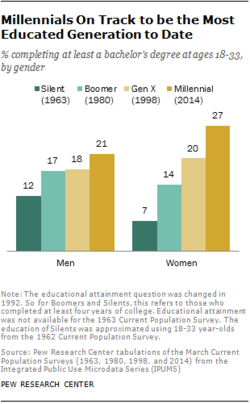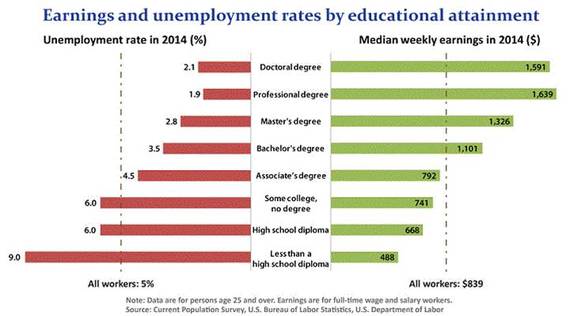If paying for college is going to be a challenge, and it usually is, it’s important that you obtain your Expected Family Contribution before your begin looking at colleges with your teenagers.
In fact, obtaining your EFC should be the FIRST STEP you take in the college process.
Here is a quick rundown of what an EFC is, why it’s important, how you can obtain this critical figure and what you should do after you’ve generated it.
No. 1:
An Expected Family Contribution is a dollar figure that represents what financial aid formulas believe you should be able to pay for one year of a child’s college education.Families with adjusted gross incomes of $24,000 have an automatic EFC of $0. The EFC for the average American household with an AGI of $55,000 will usually range from $5,000 to $6,000. There is no cap on EFCs so some wealthy families will have EFCs that exceed the cost of an expensive private university.
No. 2:
Determining if a student will be eligible for need-based aid requires subtracting the EFC from a school’s cost of attendance. The more expensive the school is, the more likely the student would qualify for financial assistance.

In the first example, the student wouldn’t qualify for any need-based help because the family’s ability to pay exceeds the cost of the school. In the second scenario, however, the same student would be eligible for up to $25,000 in need-based aid from the private college because the price of this institution is far more expensive and exceeds the family’s EFC.
No. 3:
Families, who discover that they have a high EFC and aren’t eligible for need-based financial aid, should look for schools that provide merit scholarships that are given regardless of need. Most schools fall into this category.No. 4:
If your EFC is modest, you should search for schools that provide excellent need-based assistance. Far fewer colleges and universities fit into this category.No. 5:
Families with household incomes of $60,000 to $80,000 and above typically find that they do not qualify for need-based aid at state universities, but they may qualify for need-based aid at private schools.No. 6:
Families will usually have to pay more for college than their EFC indicates they can afford because most schools do not meet 100% of a student’s demonstrated financial need. Consequently, it’s important to identify the most generous colleges and universities that would consider your child an attractive candidate.No. 7:
It’s best to get a ballpark idea of what your Expected Family Contribution will be as early as your child’s freshman year in high school. Obtaining a preliminary EFC will give you a rough idea of the minimum amount that you will be expected to pay for college.No. 8:
You can obtain your Expected Family Contribution by using the College Board’s EFC Calculator. With this calculator, you’ll want to obtain your EFC using the federal and institutional formulas. Here is a screenshot of the calculator:
The calculator will produce an EFC using the federal methodology that is linked to the Free Application for Federal Student Aid.
The calculator will also produce an EFC using the institutional methodology, which is linked to the CSS/Financial Aid PROFILE, which is a product of the College Board. The vast majority of private and public colleges and universities only use the FAFSA while 260 mostly private, selective schools use the PROFILE.





